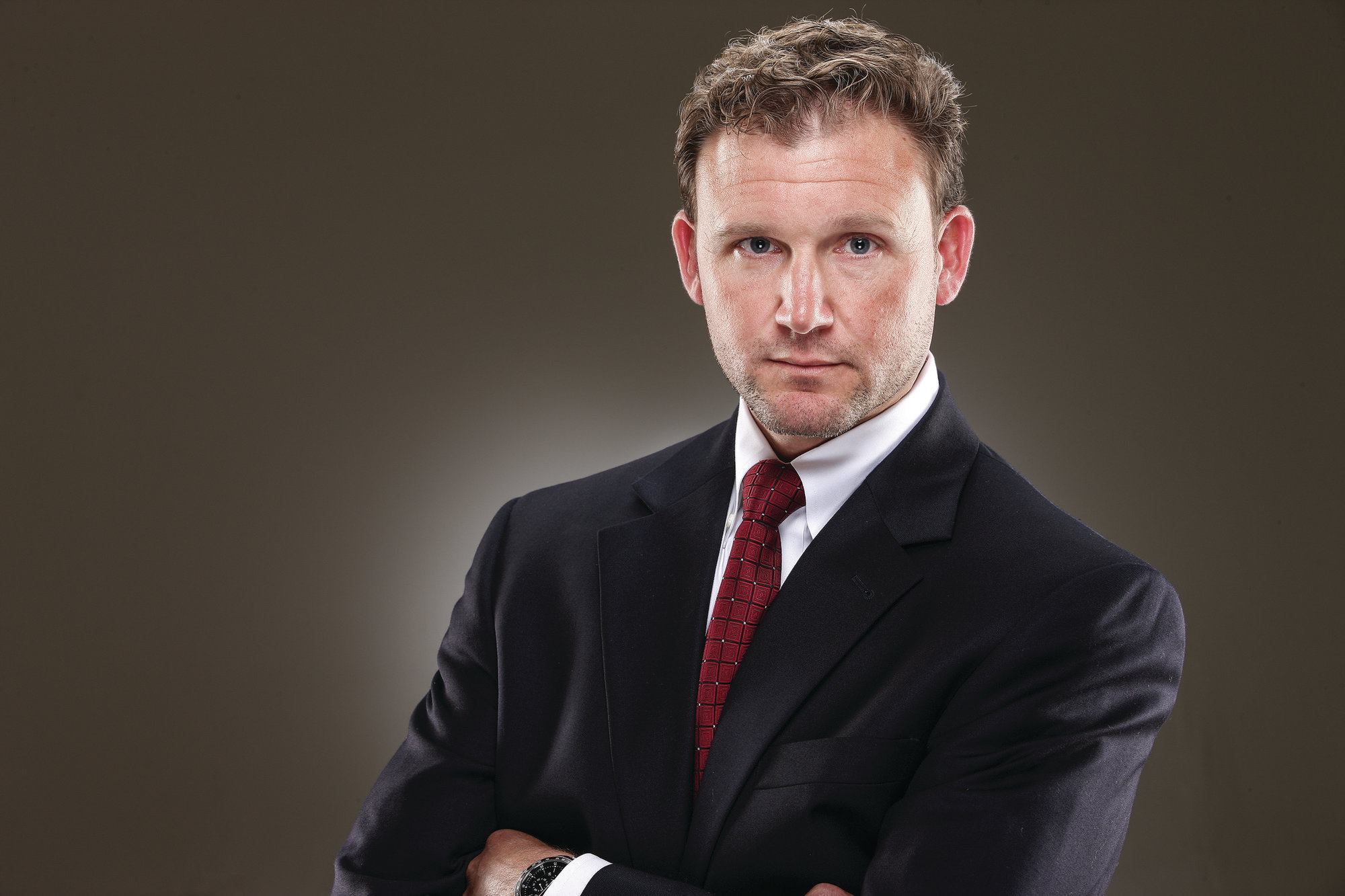Completely satisfying a high-end customer is a difficult task.
We send our clients a generous gift basket at the end of the year, telling them to always feel free to contact us if they need us. But it takes more than that.
We’re doing jobs at a high-end level, where they’re the most complicated and, therefore, have the most potential for problems.
If your company provides a few basic designs to choose from, customers know exactly what they’re getting, and your subcontractors know exactly what to do. You’re not going to have as many snags if the pools you build are all very similar.
But in our case each design is a custom creation that involves an aesthetic and construction process that nobody’s ever done exactly that way before. That means we have to figure it out, and there’s more room for mistakes.
In addition, contractors normally complete a lot of items on each job. A typical pool doesn’t just involve four different tasks — you actually have 150 to 250 steps that have to be completed. With that many processes, a subcontractor or one of your employees might do something incorrectly, or in a way that leaves the client unsatisfied.
Of course, the goal is to do as much work as possible without any mistakes, but we all know that rarely happens. There will probably be errors, but what’s most important is how we correct them.
A key to our success is that we continue trying to satisfy the client after the job’s done. There are about six months after the project is completed when homeowners are still going to call on you. In fact, that’s when they need you the most because they’re learning to actually use the pool and spa. They might be trying to turn their pool on right before a party and mistakenly turn something off. They might not know what to do after a big thunderstorm that shuts everything down. Or they might decide they want to cut down the electricity usage, so they need you to make some adjustments in how and when waterfeatures and vanishing edges flow.
Because of this, we base the success of our projects on the customer’s satisfaction a year after it’s built. It might take you two months to do a job, but a year later is when you’re really finished with it.
A lot of builders drop the ball in that area. They’ll say, “Well, we had a problem during the job but we fixed it.” But the client really doesn’t know about the problems during construction. They only know the problems at the end of the job when they go to use the project.
So we focus on giving customers top-rate service and help for several months after construction is finished. We also wait to do our customer-service surveys until the client acclimates and knows 100 percent about the installation and how to operate it. Then those evaluations will be based, not only on the beauty of the project, but also on how we addressed the little problems that naturally come up, whether it be our error or theirs.
We typically wait three months to do the survey. It asks basic questions: Are they satisfied with the project? Are they satisfied with the staff? Is there anything we forgot that was not in the contract? And what could we do differently?
There’s another part of high-end design and construction that we must address. In trying new features and designs, we have to get through our own learning curve. Clients aren’t always comfortable with the idea of us trying something new in their backyard, but they want something different. So we tell them, “This is something we haven’t done before. We think it would be really great for your project. We’re going to try it on your pool, but you’re not paying the full price. We’re going to give you a full warranty, so if something goes wrong, we’ll make sure it’s right. We think it’s worth trying.”
It gives them a comfortable feeling about moving forward with something that we haven’t done. We reassure them that if they don’t like it, we’ll change it. For example, we’ve done that when we built certain unique perimeter-overflow pools and the client was a little leery about the investment.
Finally, I always make sure the client is taught how to use the pool by the technician who set up the equipment pad and programmed the automation systems. Every automated system we set up is tailored to the client, so it’s best for the person who designed it to explain it.



